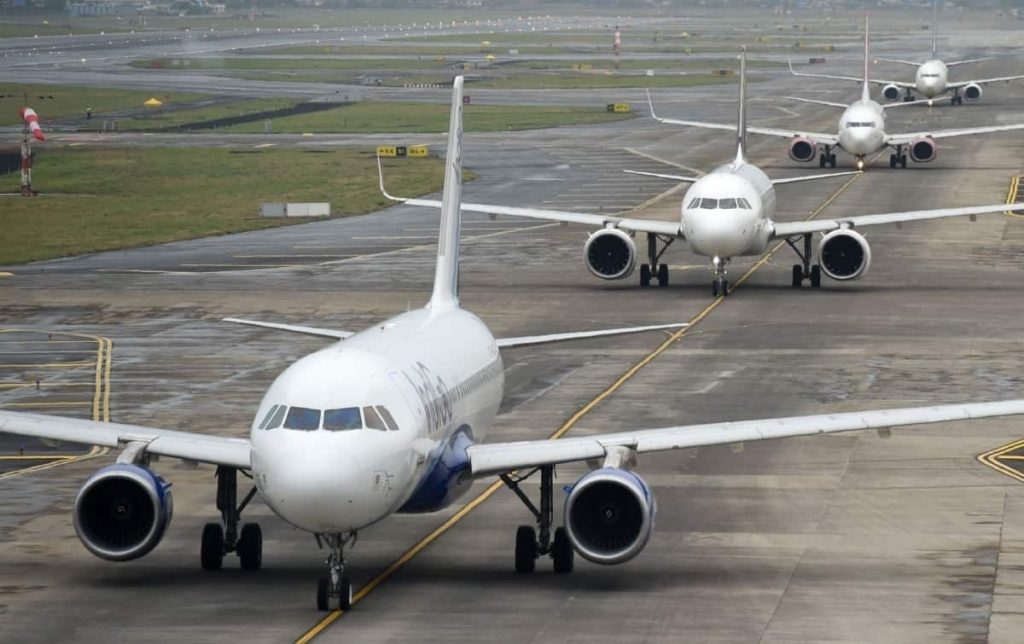According to a recent study, published by Arnold Barnett of the Sloan School of Management at the Massachusetts Institute of Technology (MIT), one in every 430,000 people onboard of a full plane would contract and die of COVID-19. So, how risky is flying during the pandemic? Let’s find out.
What are my odds of contracting COVID-19 in a plane?
As we know, the airline industry is battling the lack of confidence from the flying public. People don’t want to be inside an airplane while the pandemic rages on. Most airlines in the world are obliging their passengers to use facemasks during their trips. Still, confidence is at historically low levels, according to many studies.
Barnett did this analysis, focusing on a flight of two hours, the average for a US domestic flight. He took into account the coach section of a Boeing 737 or an Airbus A320.
The scientist asked three questions:
- What is the probability that a given passenger onboard is contagious with COVID-19?
- What is the likelihood that universal masking can prevent spreading?
- How does the risk of infection depend on the locations on the aircraft of the contagious and uninfected passengers?
He did some analysis and generated an equation taking into account several variables. For example, the scientist used a scenario where a passenger had a 1% chance of dying from the virus (slightly above the 0.7% chance of the full population).
In consequence, Barnett said that one in 4,300 passengers could get infected. Also, one in 430,000 passengers would die from COVID-19 in a flight of two hours. These numbers are if the plane’s load factor is 100%, which is rarely the case.
If a flight has every middle seat blocked, the chance of dying from COVID-19 is one in 770,000.
Finally, in 2019 the US average load factor was 85.1%; then, the chances are 1 in 540,000. Good, right?
Compared to other activities, is it safe to fly right now?
According to the study, flying during these coronavirus times is pretty safe. Nevertheless, the death-risk levels are still higher than those associated with plane crashes. According to the International Air Transport Association (IATA), you would have to fly every day for 535 years before being in a plane accident with one fatality. To die in a plane crash, you would have to travel every day for 29,586 years, said IATA.
Arnold Barnett compared the risks of dying from COVID-19 in a two-hour flight to those from “two hours of everyday activities during the pandemic.”
In early July, approximately 600,000 US passengers were flying daily. With these numbers and the research, it would mean that every day there would be 90 COVID-19 cases from flying. Nevertheless, Barnett added,
“Load factors fell below 50% in July […], meaning that the number of cases […] would be closer to 50 per day.”
What do IATA and other organizations say?
In May, IATA published a statement supporting the wearing of face coverings for passengers and crew.
“Evidence suggests that the risk of onboard transmission aircraft is low. And we will take measures to add extra layers of protection,” said Alexandre de Juniac, IATA’s CEO.
The organization, ICAO, ACI, and many airlines have proposed many measures to reduce onboard transmission.
For example, it proposed the temperature screening of passengers, airport workers, and travelers. It also said that movement within the cabin during flights should be limited.
IATA also shared the story of how the first coronavirus cases in Canada happened. The patients, a couple, traveled from Wuhan to Guangzhou and then Toronto, arriving on 22 January. One of the patients was symptomatic and had a dry cough during the flight. The other developed cough the next day. Of the 350 passengers onboard the airplane, 25 had close contact with the couple. Only one close contact developed symptoms of cough but was negative for COVID-19.
Do you think it is safe to travel by plane? Let us know in the comments.

